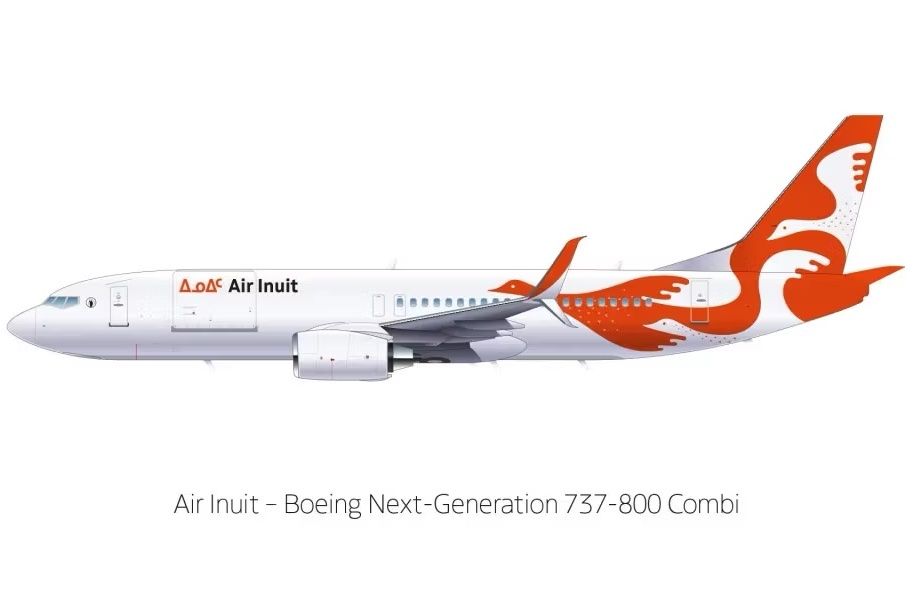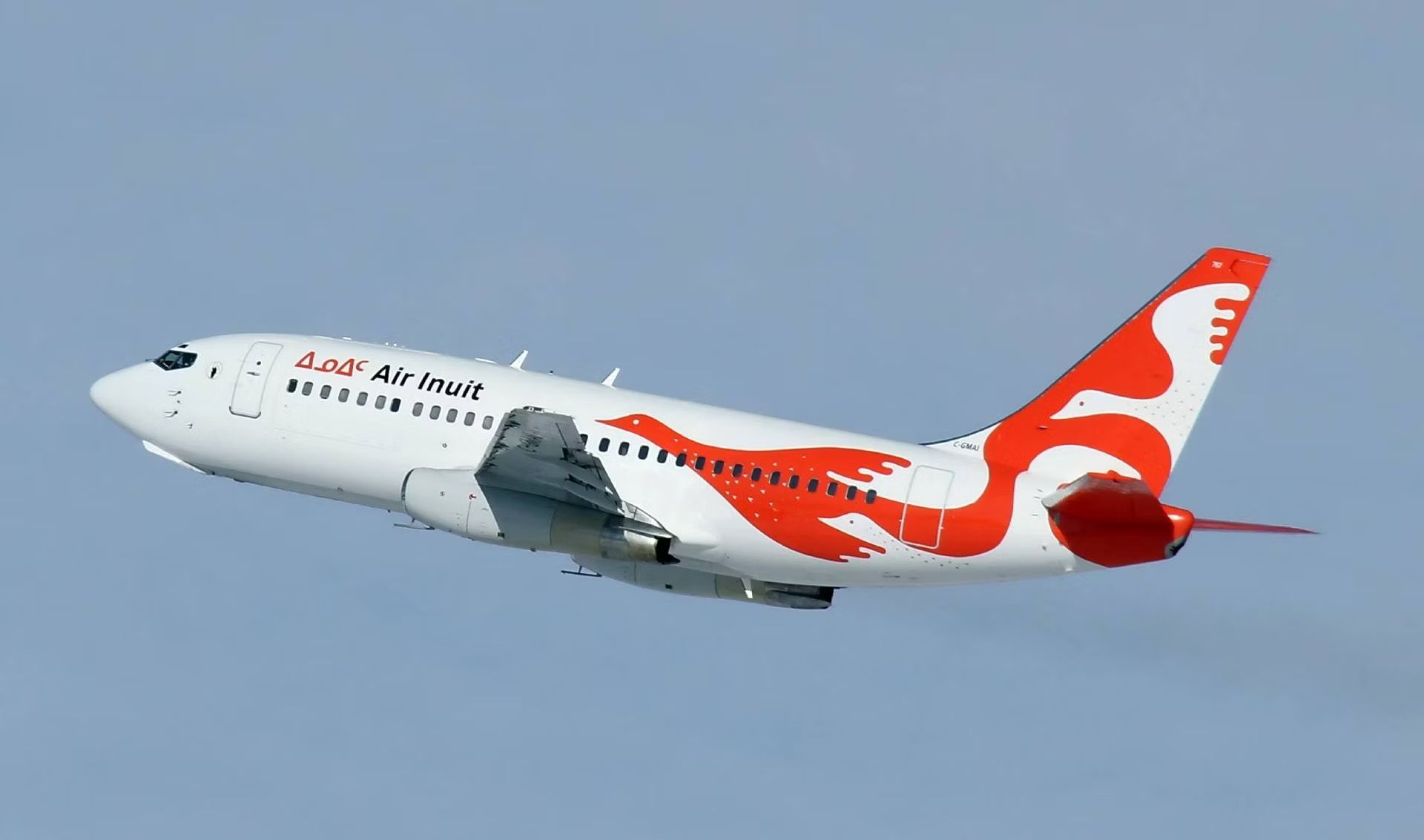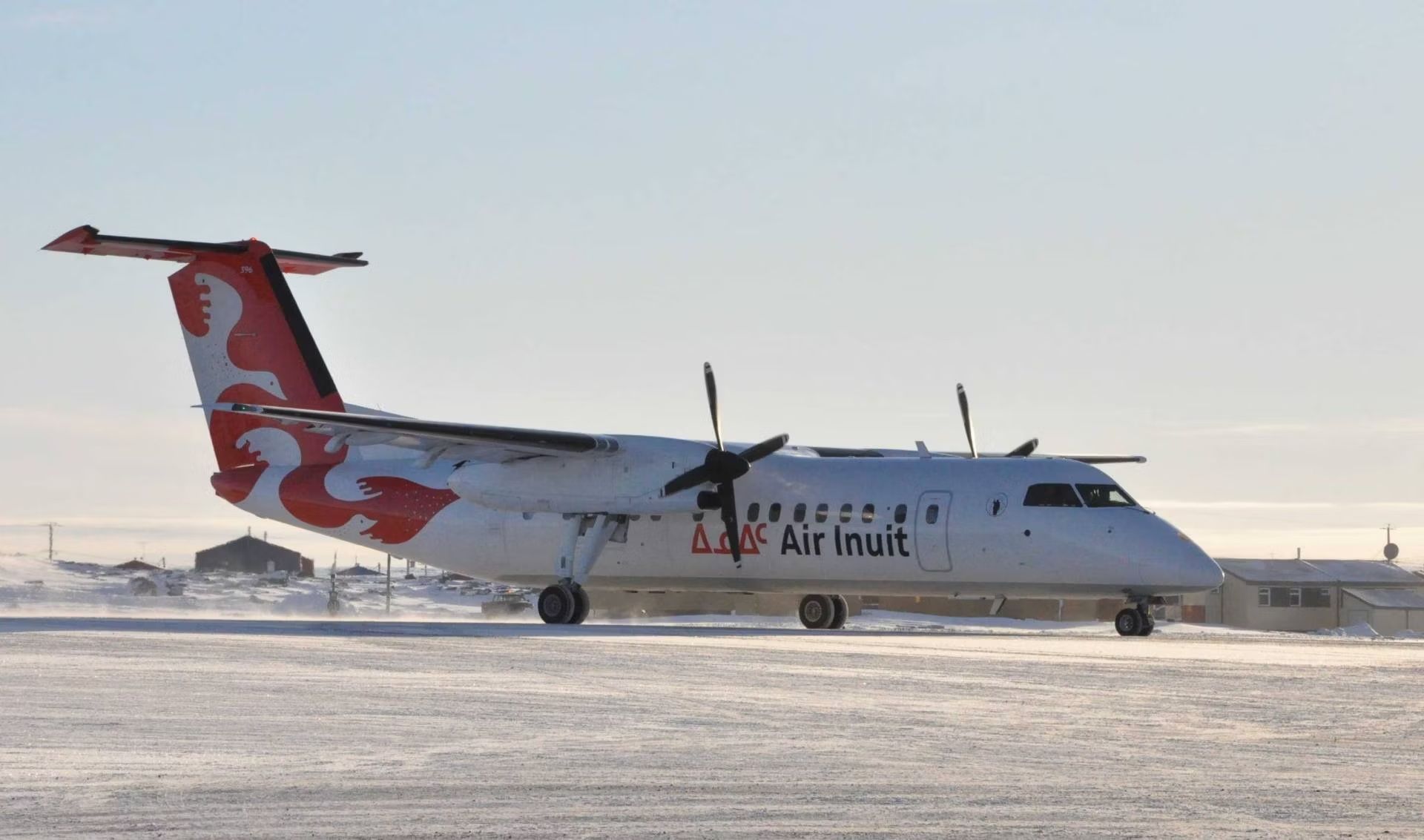Summary
- Air Inuit has received two new Boeing 737-800s to replace their older Boeing 737-200s, which have been serving passengers for over 40 years.
- The carrier plans to add three more 737-800 combis to their fleet, which will have cargo doors and a passenger cabin in the rear.
- The new 737-800s will require construction or renovation at some airports due to their inability to land on gravel runways, unlike the older 737-200s.
On 24 August 2023, Canadian carrier Air Inuit received the first two of its Boeing 737-800s which will soon be converted into combi freighters. These aircraft will replace the carrier's trademark Boeing 737-200 combis, the retirement of which was announced this past June. The aircraft in question are over 40 years old and have served thousands of passengers throughout their lifespans.
The carrier intends to add three new 737-800 combis to the fleet, which will have not only main deck cargo doors but also a rear passenger cabin. While Boeing offered combi versions of the 737-200, 737-300, and 737-400, none were ever available for the 737 Next Generation. Thus, KF Aerospace, a Canadian maintenance and overhaul firm, has been granted a Supplemental Type Certificate to perform the conversion process.
Get all the latest aviation news for North America here
Air Inuit is a 44-year-old domestic passenger airline that connects destinations across northern Quebec and Nunavut and also offers charter and cargo services. The carrier maintains a fleet of 28 aircraft and flies to 20 destinations with 51 daily flights on 58 different routes.
The jets themselves
The two aircraft were originally manufactured in 2010, and operated by South African carrier Comair. The jets were sold as part of the now-defunct carrier's ongoing liquidation process. Both jets received pre-delivery maintenance services at Johannesburg's O.R. Tambo International Airport (JNB), before stopping at São Tomé and Santa Maria, Portugal, before their ultimate arrival at Montreal-Trudeau International Airport (YUL).
These aircraft, despite being a newer model with numerous technological advantages, will be at a significant operational disadvantage in comparison to the carrier's prior fleet of 737-200s. The original combis were equipped for landings and takeoffs from gravel runways, while the newer 737-800s are not prepared for such operations. Therefore, construction or renovation will have to take place at multiple of the airports Air Inuit operates out of, especially in Nunavut.
Air Inuit in 2023
Currently, Air Inuit maintains a diverse fleet of aircraft able to serve a multi-role purpose operating passenger, cargo, and charter services. The fleet includes 25 turboprops, which are split between three Beechcraft Super King Air, seven De Havilland Canada DHC-6 Twin Otter, and 15 De Havilland Canada Dash-8 aircraft. The King Airs are used to fly passenger services, while the Twin Otters and Dash 8s are used for a combination of cargo and passenger services.
On the jet side, the carrier still operates 5 Boeing 737-200 combis which are scheduled for retirement. These jets can accommodate up to 112 passengers. The carrier also maintains 1 Boeing 737-300 in a full-passenger configuration, able to accommodate up to 130 passengers. With an upgraded fleet, Air Inuit will be able to continue connecting residents of Canada's most remote areas for the foreseeable future.
Source: Ch-Aviation



